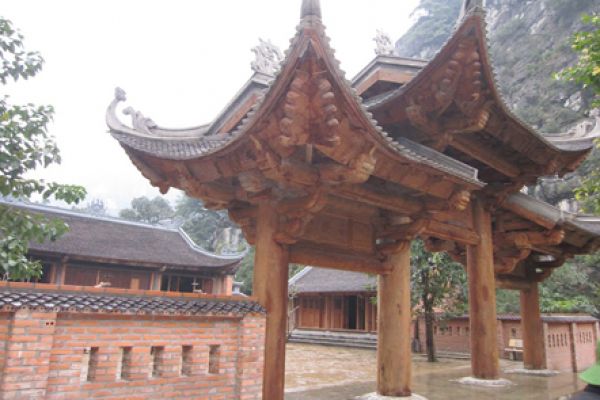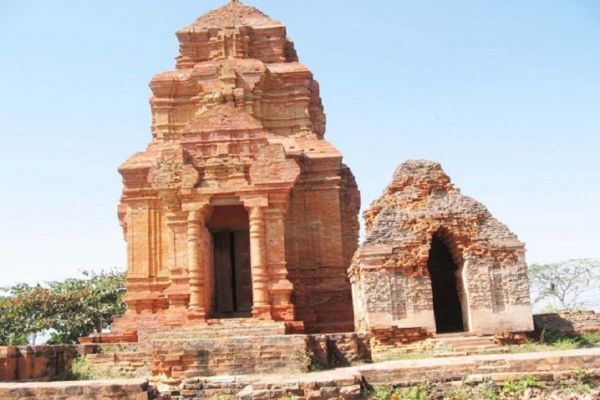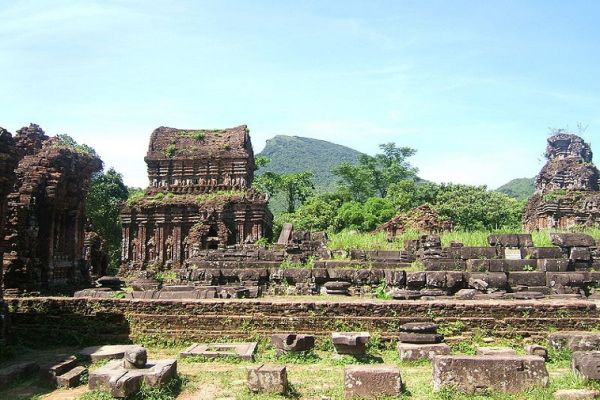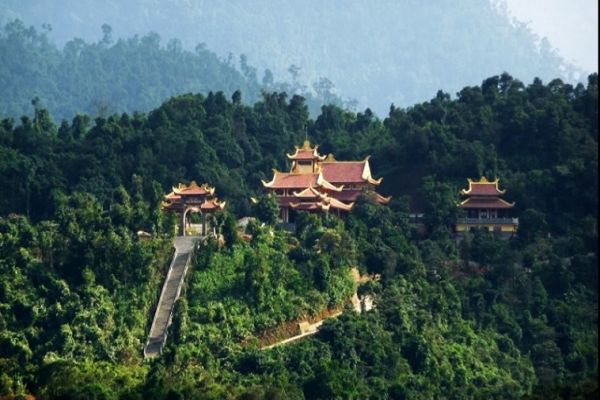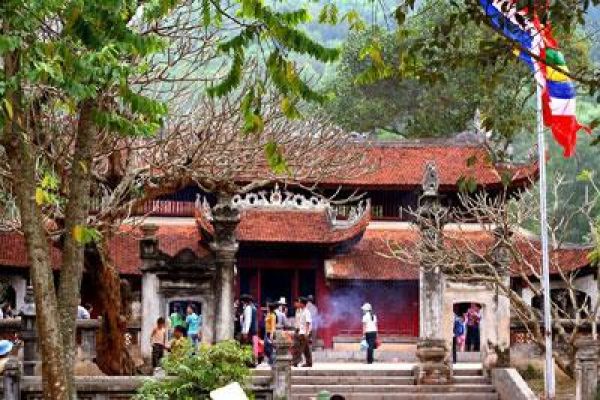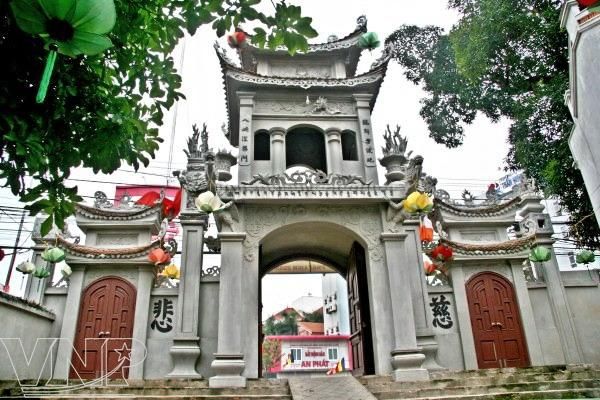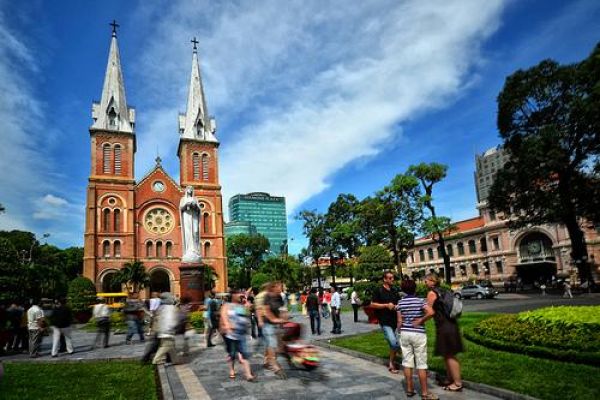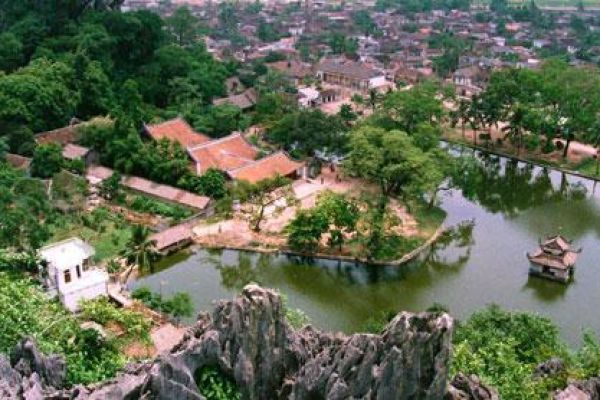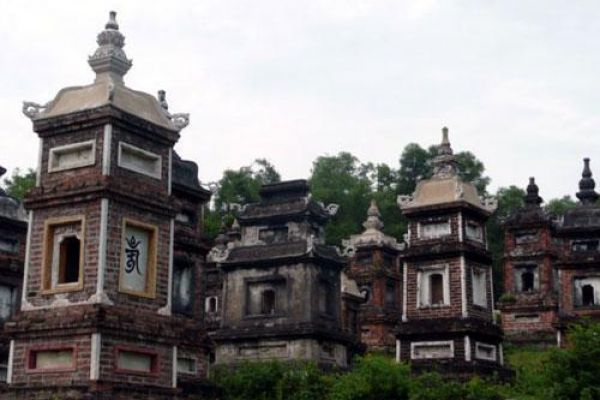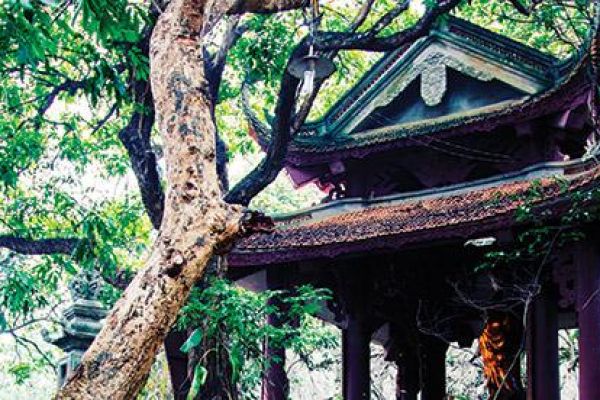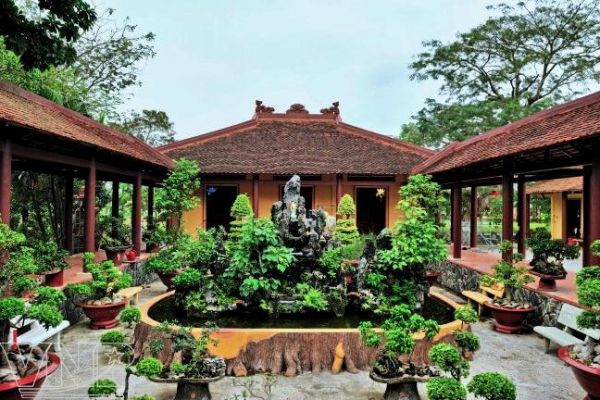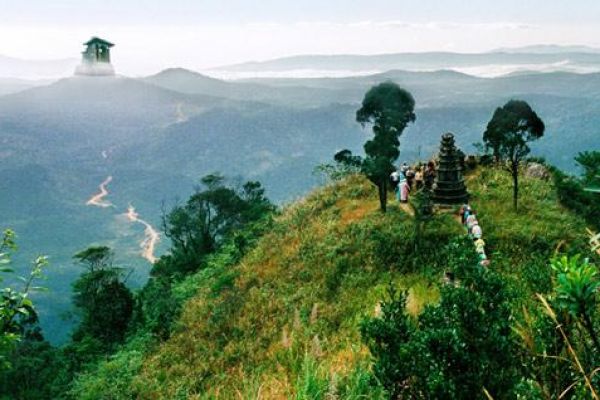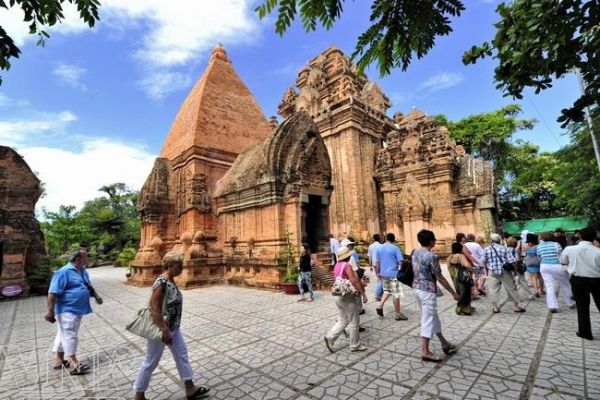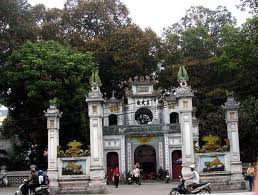
Quan Thanh temple
Legend has it that the Temple existed in the south of the To Lich River in the period of Cao Bien, a proconsul of the Chinese Tang Dynasty who built the citadel of Dai La (around 866).
After King Ly Thai To established the capital (1010), the Temple was moved to the north-west of the capital. It is one of the “Thang Long tu tran” – four famous sacred temples, which also includes Bach Ma (White Horse), Voi Phuc (Kneeling Elephant) and Kim Lien, honouring the Gods who guard at four main directions (East - West - South - North) of the ancient Thang Long Citadel.
Quan Thanh temple in Hanoi,The Temple is dedicated to Saint Huyen Thien Tran Vu who guarded and administered the north of the country. That is why it is also known as the Tran Vu Temple.
The Temple has a majestic three-door entrance, which was built on large stones with a bell tower on its top.
In the front of the entrance are four large pillars, which were decorated with bas-reliefs of phoenixes, tigers’ faces, etc. Passing through the temple gates, one is greeted by a large yard, which displays a basin of goldfish and a rockwork.
The architectural structure of the Temple was designed with two layers. The outside includes a splendid worshipping chamber with a system of gilt pillars, beams and panels painted with fresco.
On the left and right sides hang a bronze plate with silver scripts granted by King Thieu Tri (1841-1847) and a bronze music stone donated by a commander-in-chief in the period of Tay Son in the 2nd Canh Thinh (1795).
Inside the building is a giant black bronze statue of Huyen Thien Tran Vu, 3.72m in height and four tonnes in weight. The left hand of the statue passes magic and the right hand holds a sword shrouded by a snake propping against the back of a tortoise.
The statue is well-known as a masterpiece with a refined bronze casting technique of Vietnamese people in the 17th century.
The Temple also boasts four statues of marshals and the statue of Old Trong, the head of Ngu Xa bronze casting guild who made the statue of Saint Tran Vu. When he died, his students cast the statue and placed in the Temple to express their gratitude to their teacher.
Quan Thanh Temple in Hanoi is not only famous for bronze cast statutes but also the art of woodcarving. The temple’s wooden structures were carved skilfully with different shapes and patterns, such as four sacred animals, fish, fir-trees, bamboo trees, flower baskets, wine gourds, swords and daily activities on the heaven and the earth. All were created with the art style of the Le Dynasty.
Through the many ups and downs of history, the Temple has retained its unique structure, beautifying the landscape of Hanoi. It has become a famous religious cultural place of Hanoians and an important historical and cultural relic of the country.

